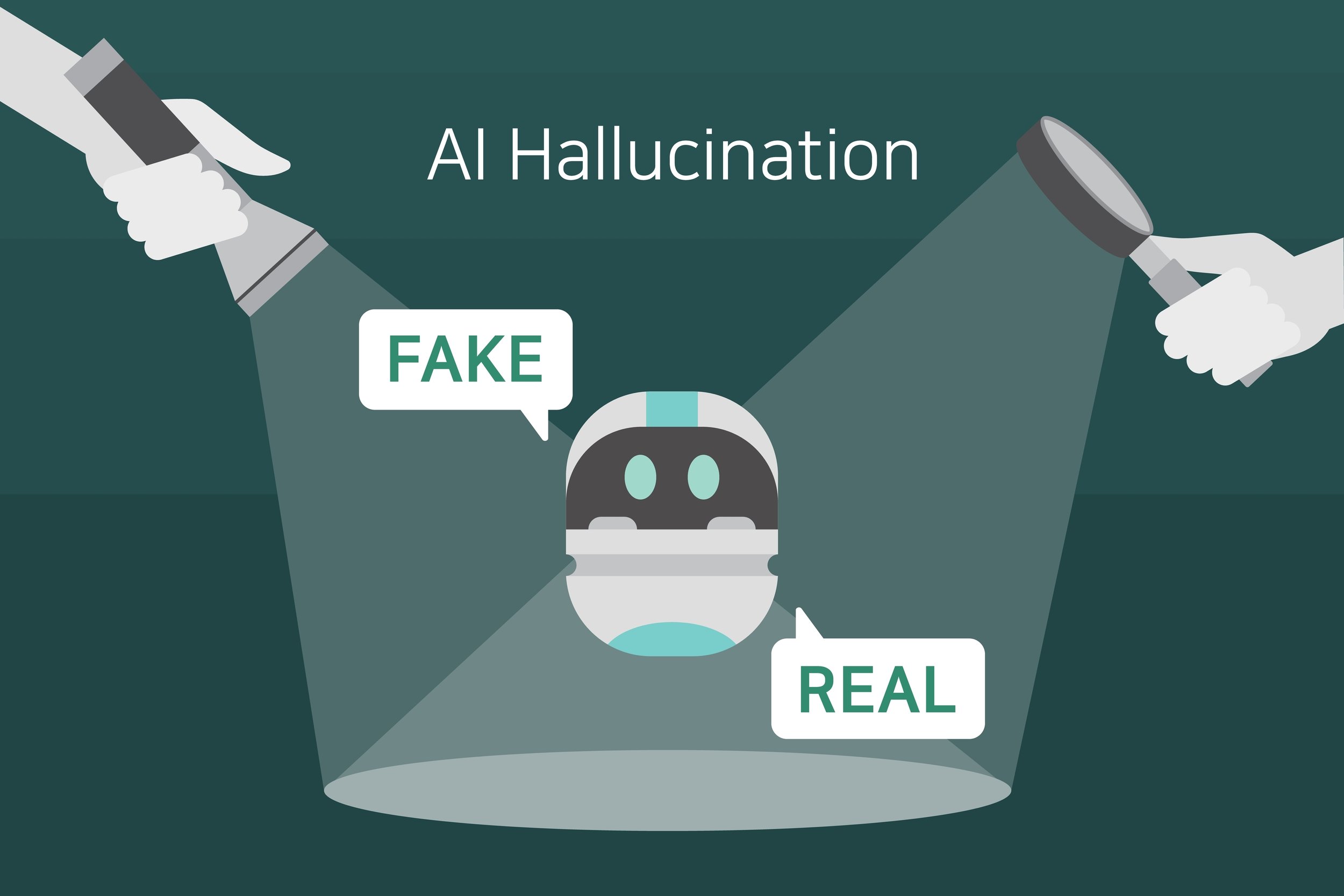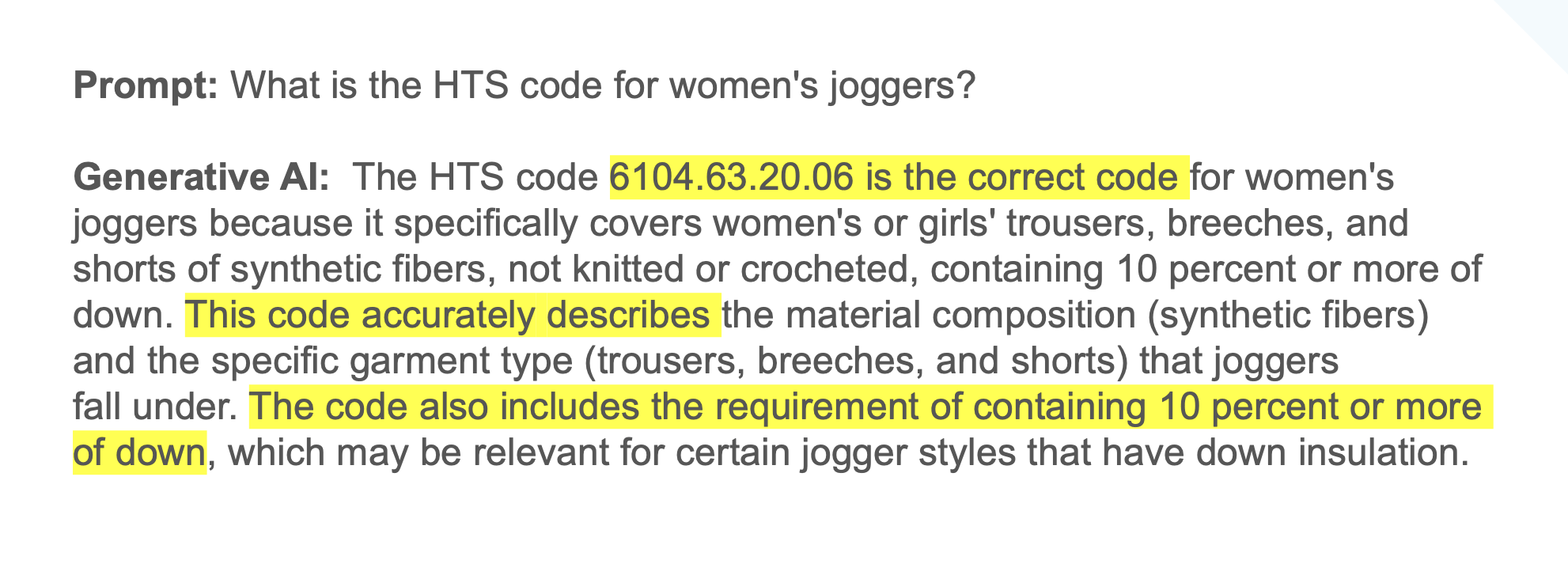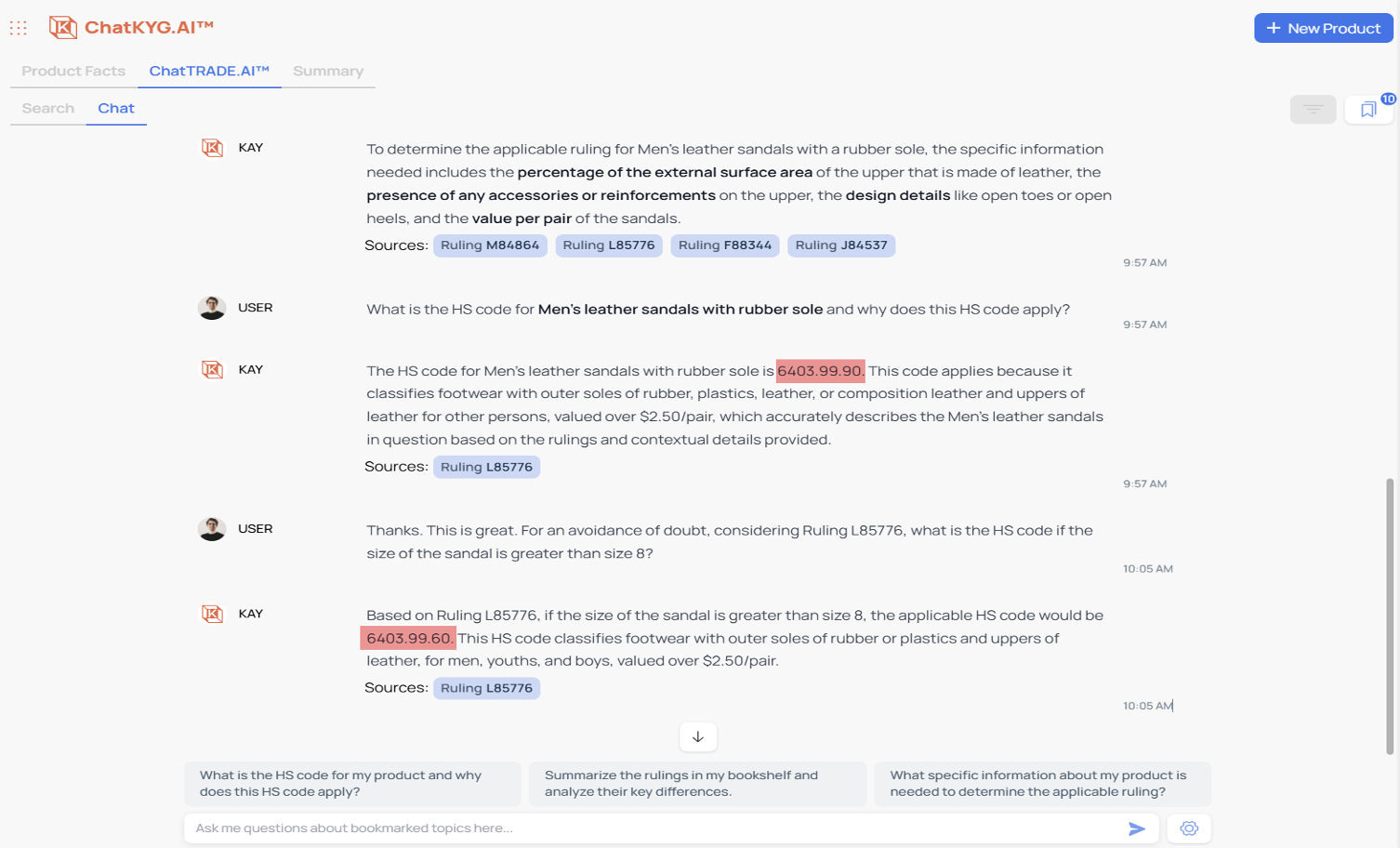What is, and Why Do We Need, a Trade Korpus™?

In global trade compliance, accuracy and reliability are crucial to managing risk (and keeping your job). Trade Korpus™ has been developed to deliver the benefits of speed and comprehension of generative artificial intelligence while eliminating the risk of hallucinations. To do that requires a comprehensive and meticulously curated knowledge base designed to support AI in performing precise trade compliance assessments and accurately answering trade compliance questions. In AI-speak, those questions are called “prompts.”
General AI models, such as ChatGPT, pull information from the entire internet and may or may not have access to the most up to date information. While this broad access can be useful, it also carries the risk of “hallucinations,” where the AI generates information from unverified, inaccurate or obscure sources. To mitigate this risk, a Trade Korpus™ provides a controlled and authoritative data environment, ensuring AI operates within strict and reliable parameters, sometimes called guardrails.
The Trade Korpus™ is built on a foundation of high-quality trade data. For import-related assessments, it encompasses an extensive range of essential resources, including CROSS rulings, CIT rulings, WCO notes, chapter and explanatory notes, GRIs, the harmonized tariff schedule, all free trade agreements and their rules of origin, and preferential duty treatment programs. By integrating these critical sources, the AI can accurately classify products and provide regulatory guidance that aligns with the standards and expectations of trade compliance professionals.
For export-related assessments, the Trade Korpus™ includes the CCL, ITAR, USML, license requirements from the US government, commodity jurisdiction rulings, and the entire code of federal regulations. This robust collection ensures that the AI is equipped with the most up-to-date and relevant information, allowing it to navigate the complexities of export compliance with precision.
The primary purpose of the Trade Korpus™ is to establish guardrails for AI, preventing it from making assumptions or drawing conclusions based on obscure or false data. Instead, the AI’s assessments are grounded in the same high-quality information that trade compliance experts rely on daily. Additionally, the Trade Korpus™ is updated as regularly as all other trade compliance sources. Whether it’s a change in the Harmonized Tariff Schedule (HTS) or updates to export regulations, the AI’s past and future assessments are continually refined to reflect the most current information. This approach ensures that the AI assistant remains an accurate and reliable tool, adapting to the dynamic landscape of global trade compliance.
By leveraging the Trade Korpus™, AI technology achieves a new standard in the industry, combining advanced capabilities with a commitment to data integrity and reliability. This ensures that businesses can confidently navigate the complexities of global trade compliance, knowing they have a trustworthy and precise tool at their disposal.
*Korpus is a branded version of the word “corpus.” The Merriam-Webster Dictionary defines corpus as a noun meaning “a collection or a body of knowledge or evidence.”
Examples of AI in Action
To illustrate the difference between general AI models and those using the Trade Korpus™, consider the following examples:
1. ChatGPT Classifying Women’s Joggers: When asked to classify women’s joggers, ChatGPT might pull information from a wide array of sources, potentially leading to inaccuracies. The result may look something like this:

2. Kay’s Output Using the Trade Korpus™ Classifying Men’s Sandals: In contrast, Kay’s classification of men’s sandals is based solely on the high-quality, authoritative data within the Trade Korpus™. This ensures a precise and reliable classification. The output may appear as follows:

These examples highlight how the Trade Korpus™ enables AI to provide accurate and trustworthy trade compliance solutions, free from the errors and inconsistencies that can arise from less controlled data sources.